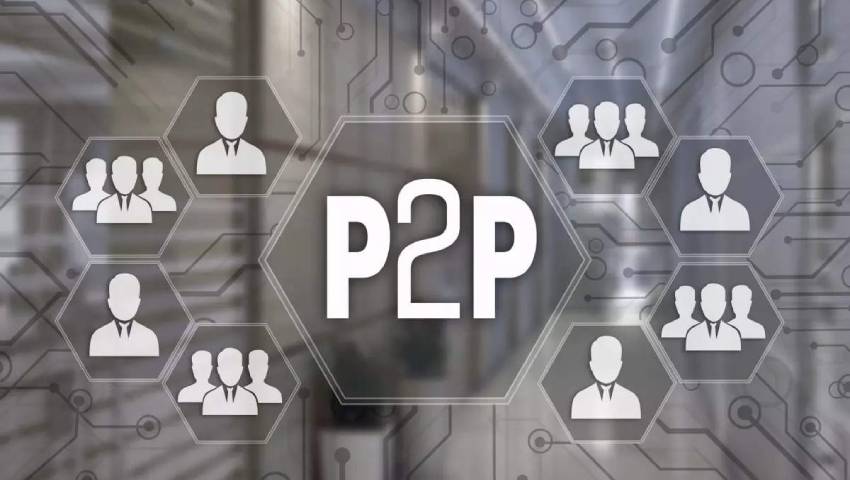
- 01/02/2025
- MyFinanceGyan
- 140 Views
- 3 Likes
- Finance, Cryptocurrency
The Global Peer-to-Peer Lending Landscape: A Game-Changer in Finance
Peer-to-peer (P2P) lending has grown from being a small-scale service to a worldwide trend, revolutionizing how people and businesses borrow and lend money. It started as an alternative to traditional banks and is now a billion-dollar industry known for its innovation, inclusivity, and growing regulation. Let’s look at the current global scenario of P2P lending and its future, focusing on India’s rising role.
What is P2P Lending, and Why is it Growing?
P2P lending platforms directly connect people who want to lend money with those who need to borrow, removing the middleman (banks). This setup benefits both sides:
- Borrowers get easier access to loans, often at lower interest rates.
- Lenders earn better returns than traditional options like savings accounts.
The global P2P market has seen rapid growth, valued at $83 billion in 2020 and expected to hit $705 billion by 2030. Key reasons for this rise include:
- Technology: Digital platforms make lending simple and scalable.
- Financial Inclusion: Many people who can’t access regular bank loans now use P2P lending.
- Investment Options: Lenders can diversify by investing in different loans across industries and regions.
How Is P2P Lending Progressing Globally?
North America:
The U.S. is a leader in P2P lending, with popular platforms like LendingClub and Prosper. However, the market growth has slowed due to strict regulations and competition from traditional banks offering similar services.
Europe:
The UK leads Europe in innovation and market size. While Brexit caused some uncertainty, the European Union is working on unified rules to make P2P lending safer and more transparent.
Asia-Pacific:
This region has embraced P2P lending, with China dominating for years. However, stricter regulations there caused a market slowdown. India and Indonesia are now emerging as key players due to large unbanked populations and government support.
India:
India is among the fastest-growing P2P markets, thanks to:
- Regulation: The Reserve Bank of India (RBI) has set clear rules to ensure safety and trust, like capping lending limits and requiring escrow accounts.
- Inclusion: P2P platforms give loans to people and small businesses who can’t borrow from traditional banks.
- Technology: With more smartphones and internet access, P2P lending has become widely accessible.
Challenges and Opportunities:
Challenges:
- Regulations: As the industry grows, governments are creating stricter rules, making compliance more complex.
- Risk: Since traditional credit checks are limited, P2P loans can have higher default rates.
- Competition: Established platforms face competition from banks and fintech companies offering similar services.
Opportunities:
- New Markets: Emerging regions, like Africa and Latin America, show massive growth potential due to increasing digital connectivity.
- Better Credit Assessment: Using AI and big data can help predict borrower behavior and reduce risks.
- Green Lending: Funding eco-friendly projects is becoming popular, aligning with global sustainability goals.
The Future of P2P Lending:
The P2P lending industry is at a turning point. For long-term success, platforms must strike a balance between innovation and regulation. Companies that adapt to changing rules and embrace new technology will thrive.
India is positioned to play a major role in shaping the global P2P lending market. With its supportive regulations, growing technology ecosystem, and a large population underserved by banks, India is set for explosive growth in this space. The potential integration of P2P lending with advanced technologies like blockchain and decentralized finance (DeFi) could further transform the financial landscape globally.
Conclusion:
P2P lending has grown from being a disruptive idea to becoming a mainstream financial service. As the industry evolves, it will need to meet the demands of different borrowers and lenders while complying with stricter regulations. The future of P2P lending looks bright, with the potential to transform financial systems worldwide—and India is set to lead the charge in this transformation. For more updated information, choose Myfinancegyan.
Note:
The views in this blog are personal and for educational purposes only. They aim to spread awareness, not promote any specific products or services.



